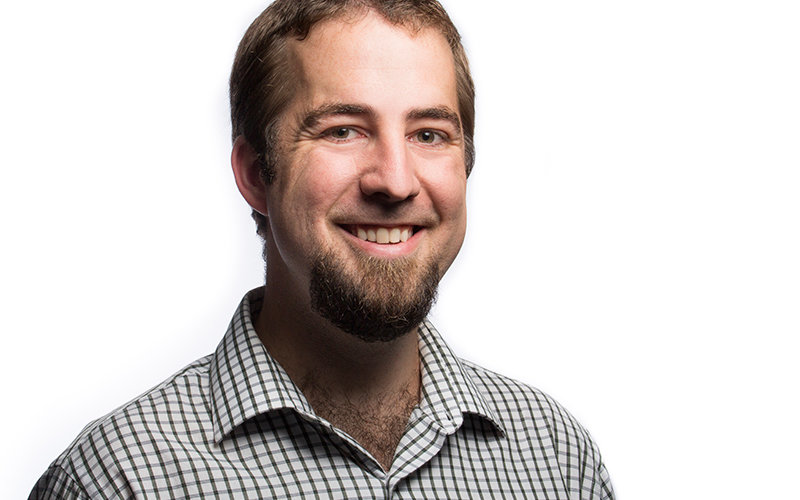
As a high school student, Darren Banks had a vague idea of what engineers do. After his dad explained engineering when he was exploring careers and college majors, he realized he’d grown up thinking like an engineer, with a “how-does-it-work” mindset. He attended UC Riverside, not far from where he grew up, and earned his bachelor’s degree and doctorate in mechanical engineering.
Banks, who joined Cal State Fullerton this fall semester as an assistant professor of mechanical engineering, was the lead researcher on a postdoctoral project among UCR, the University of Wisconsin-Madison and the Center for Scientific Research and Higher Education at Ensenada, Baja Calif. The project’s focus was to develop cooling applications using a powerful laser to create “very short-lived bubbles in a liquid.” “As these bubbles appear and collapse, they mix the liquid, which can help cool off nearby objects,” he said.
What inspired you to go into your field and what was the defining moment?
Because of my interest in auto racing and aviation, I chose mechanical engineering. During my undergraduate research experiences at UC Riverside, I became intrigued with thermal fluid engineering. I worked on spray cooling and optical-fluid interactions — projects that became my dissertation work.
What are your research interests?
My research focuses on spray cooling and “laser-induced cavitation.” If you’ve ever experienced a patio mister, that is spray cooling; the idea is that by breaking liquid down into tiny droplets, liquid can absorb much more heat than otherwise would be possible. I’ve been working on electronic-cooling and skin-cooling applications using sprays. Laser cavitation occurs when laser energy is focused into a small amount of liquid. The liquid heats up rapidly and explosively forms a bubble.
How do you engage students in your classes and/or your research?
I’m essentially exploding liquid with a big laser, which is a draw all by itself. I also engage students with applications from my research and explain real-world questions using material they’ve learned in class and supported by YouTube videos.
What changes do you envision in your field in five years?
Spray cooling is a field that is booming in many applications. Fuel injection in combustion engines is driving all sorts of spray research to create optimally burning air-fuel mixtures. Spray cooling also is starting to be used in supercomputers, which uses less liquid and provides a higher rate of cooling than traditional air-cooled or liquid-cooled systems. New medical techniques, such as laser therapy of port wine stain birthmarks, rely on spray cooling to improve treatment.
See the complete list of new tenure-track faculty members joining CSUF this fall.